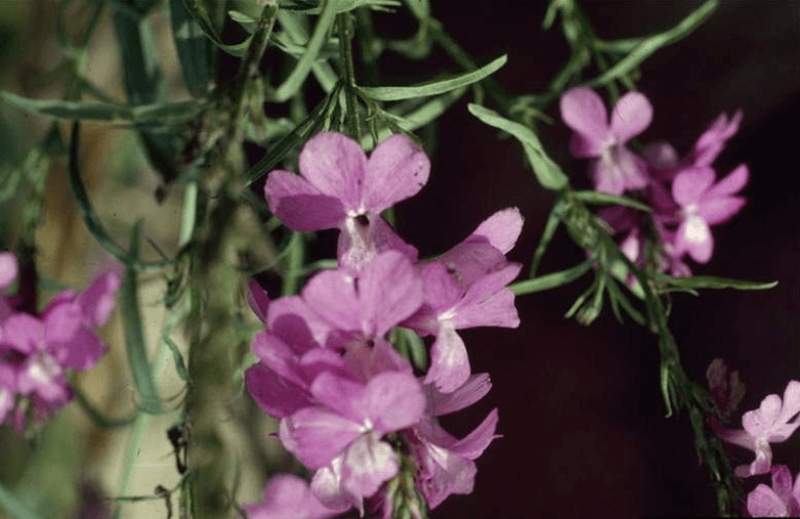Striga hermonthica, also known as purple witchweed, is an invasive parasitic plant threatening sub-Saharan Africa’s food production. Striga infects the region’s staple crops such as pearl millet, sorghum, and other cereal crops.
Striga has an Achilles heel, though. As a parasite that attaches to the roots of other plants, it dies when it cannot find a host plant to attach to. Scientists found a way to exploit Striga’s Achilles’ heel to eradicate it from farmers‘ fields. A research team from the King Abdullah University of Science and Technology found that they could trick Striga seeds to think that a host plant grows nearby. Striga seeds germinate, but do not survive without a host plant to attach to.
The scientists use plant hormones exuded by plant roots called strigolactones. These hormones trigger Strigaseeds to germinate. By treating bare crop fields in Burkina Faso with artificial strigolactones, the scientists found that they were able to reduce the number of Striga plants by more than half. This method will allow farmers and scientists to work together to fight the spread of Striga plant, protecting the food security of 300 million people in the region.
Read full, original article: April 10, 2019 Crop Biotech Update































